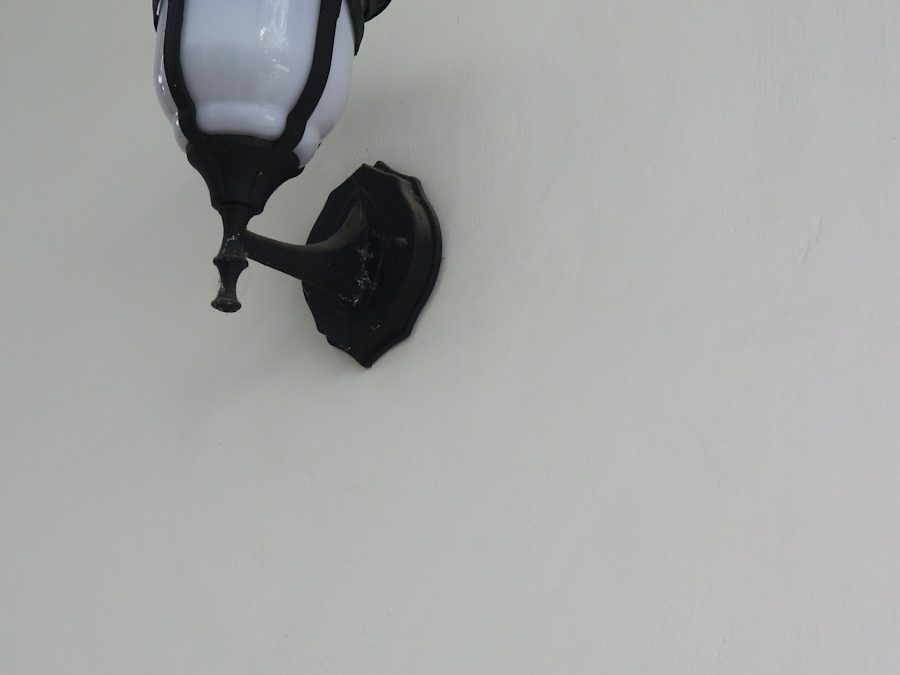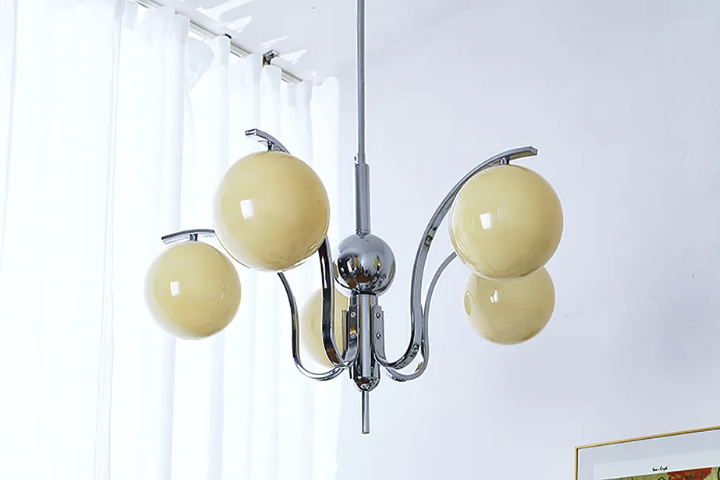
Harnessing the Power of the Hanging Black Light: Discovering the Illuminating World of Ultraviolet Radiation
Introduction
Hanging black lights are an increasingly popular lighting option for a wide range of applications, from party decorations to pest control to art installations. These lights emit ultraviolet radiation, which is invisible to the human eye, but can cause certain materials to glow or fluoresce. In this article, we will explore the fascinating world of hanging black lights, their history, how they work, and their many uses.
History and Development
The use of ultraviolet radiation in various applications has a long history that dates back to the late 1800s. However, it was not until the 1930s that the first blacklight lamps were developed. These early models consisted of a wood or metal frame with a UV lamp inside, covered with a layer of fluorescent material. They were primarily used in medical and scientific applications, such as detecting invisible particles and diagnosing skin conditions.
In the following decades, hanging black lights became more prevalent and affordable, with advances in technology and manufacturing. They also found their way into various industries, from textile and printing to entertainment and hospitality. Today, hanging black lights are readily available in hardware stores, online retailers, and specialty shops, and come in various sizes, shapes, and intensities.
How Hanging Black Lights Work
Black lights emit ultraviolet radiation, which is a type of electromagnetic energy that falls just outside the visible spectrum of light. There are three types of UV radiation: UVA, UVB, and UVC, with UVA being the most common type emitted by black lights. UVA has a wavelength range of 315-400 nanometers (nm), which is longer than visible light but shorter than X-rays.
When UVA radiation hits certain materials, such as white or light-colored clothing, fluorescent paints, minerals, or body fluids, it excites the molecules in those substances and causes them to emit visible light. This phenomenon is called fluorescence, and is the reason why hanging black lights are often used for parties, raves, and other events where colorful and glowing objects are desired.
Another way that hanging black lights are used is for pest control, particularly for insects such as moths and fruit flies. Flying insects are attracted to UV light, and when they fly towards the black light, they get trapped in a sticky or electrified surface, preventing them from infesting food or other areas.
Applications of Hanging Black Lights
As mentioned earlier, hanging black lights have a wide range of applications, such as:
– Party decorations: black light parties or “glow parties” have become a popular trend among teenagers and young adults, where the venue is lit only by UV lights and fluorescent decorations, clothing, and body paint.
– Art installations: many artists use black lights to create glowing or interactive art installations, such as murals, sculptures, or performances.
– Photography and videography: black lights can be used to create interesting and surreal visual effects in photos and videos, either by exposing fluorescent subjects or adding post-production filters.
– Pest control: hanging black lights can be used as part of a comprehensive pest management program, along with other measures such as sanitation, exclusion, and chemical treatments.
– Scientific research: black lights are still used in various fields of research, such as biology, chemistry, and physics, for detecting invisible particles, analyzing molecules, or studying optics.
Safety Precautions
While hanging black lights are generally safe to use, there are some precautions that should be taken to prevent harm:
– Avoid direct exposure to UV radiation, especially on the skin and eyes, as it can cause sunburn, eye damage, or skin cancer.
– Use protective gear, such as gloves, goggles, or masks, when handling fluorescent substances or insect traps.
– Keep children and pets away from hanging black lights, as they might accidentally break or knock them over.
– Follow the manufacturer’s instructions regarding installation, maintenance, and power consumption, to avoid fire or electrical hazards.



